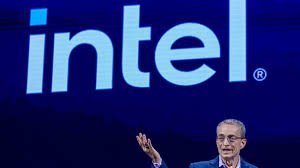AMSTERDAM — Starling, a digital bank, will not re-apply for a European Union banking license and will instead pursue international expansion through its software business, according to the incoming CEO, in a departure from some of its competitors’ approaches to overseas growth.
Starling is one of the UK’s “neobanks” — digital-only banks with no physical branches. It launched in 2014, has 4 million customers, and was last officially valued at £2.5 billion ($3.2 billion).
Goldman Sachs-backed digital bank provides traditional banking services, including current accounts and lending. Starling’s customers are primarily from the United Kingdom. The company sought to expand internationally by applying for an Irish banking license, which would have granted it access to the European Union market. Starling withdrew the application in 2022.
Raman Bhatia outlined the company’s international expansion plans on Wednesday, in his first public remarks since succeeding founder Anne Boden as CEO in March.
Bhatia stated that the company does not intend to reapply for an EU banking license in order to expand into new markets. Engine, a software platform sold by Starling to other companies so they can set up their own digital banks, will drive international expansion.
“I am very bullish about this approach around internationalization of what is best in Starling, proprietary tech versus market by market, idiosyncratic regulatory regime, capital requirements, and building trust and brand extension, which is unproven for any plan,” Bhatia said during a fireside chat at the Money 2020 conference moderated by CNBC.
He described opportunities in Thailand and the Middle East as “immense.”
Engine is a unique model among neobanks, which have traditionally focused on consumer-facing apps and services. Starling believes it can sell the technology to other banks.
Starling’s first Engine customers include Salt Bank in Romania and AMP in Australia.
Bhatia stated that he would like to “double down” on the Engine strategy and gain market share in the enterprise software space.




